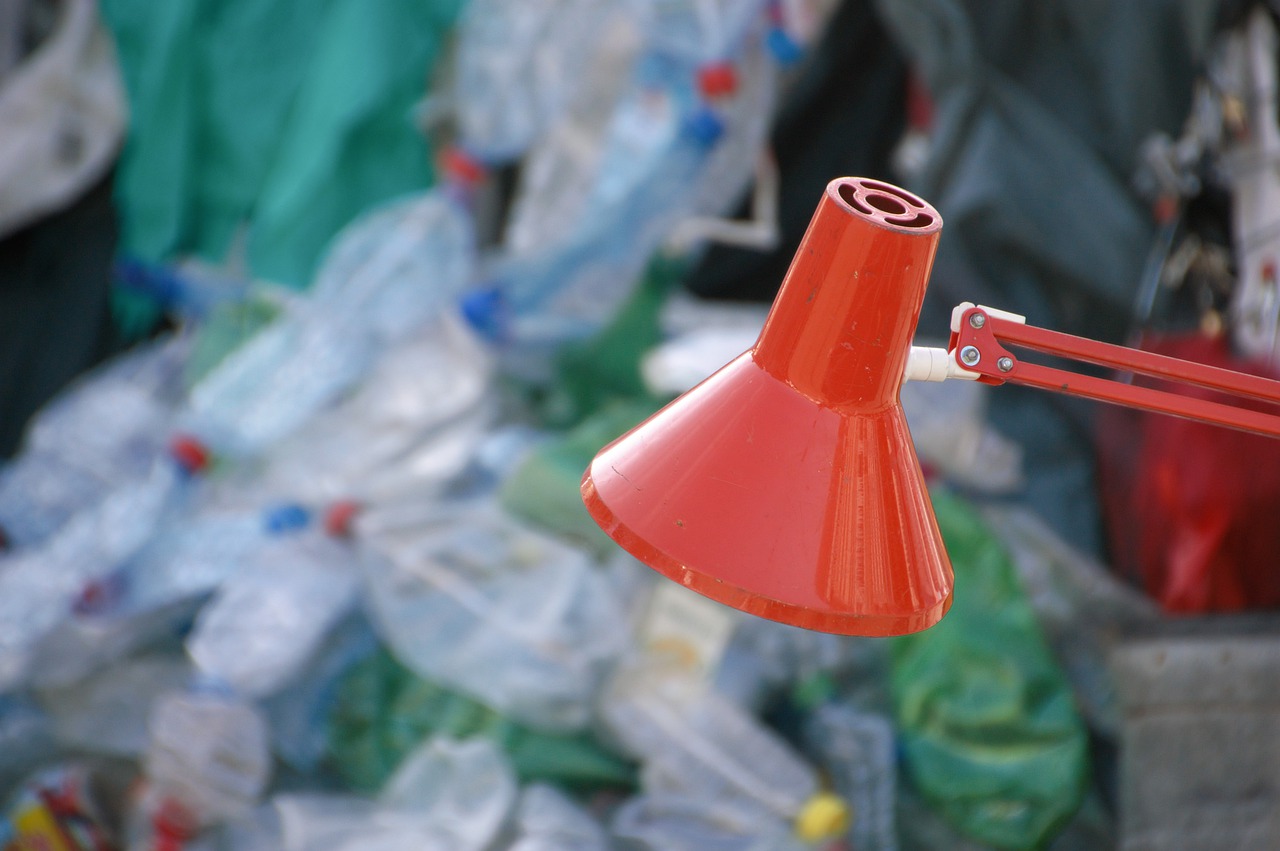


Examples of orally disintegrating tablets include over-the-counter drugs such as Claritin® RediTabs® (loratadine rapidly-disintegrating tablets) and Alavert™ (loratadine orally disintegrating tablets), and prescription drugs such as Maxalt-MLT™ (rizatriptan benzoate) and ZOFRAN® (ondansetron) Orally Disintegrating Tablets. Orodispersible tablets (1), rapidly disintegrating tablets (2), and fast-dissolving tablets (3) have been used as synonyms for orally disintegrating tablets. For a tablet to be classified as an orally disintegrating tablet the disintegration time should be sufficiently rapid for the patient to not feel the need or compulsion to chew. The disintegration times are longer for the chewable tablets compared to the orally disintegrating tablets.
#DISINTEGRATION SYNONYM MANUAL#
Chewable tablets are also different from orally disintegrating tablets because they require manual chewing action by the patients before they can be swallowed. Lozenges and buccal tablets are intended to dissolve slowly in the mouth, whereas, orally disintegrating tablets must disperse or dissolve in the mouth quickly, within seconds. Despite a surge of orally disintegrating tablets in the market in the recent years, they potentially can be confused with other solid oral dosage forms that are consumed without additional water intake, including lozenges, buccal tablets, and chewable tablets. Orally disintegrating tablets (ODTs) are solid single-unit dosage forms that are designed to be placed in the mouth, allowed to disperse or dissolve in the saliva, and then swallowed without the aid of additional water.


 0 kommentar(er)
0 kommentar(er)
